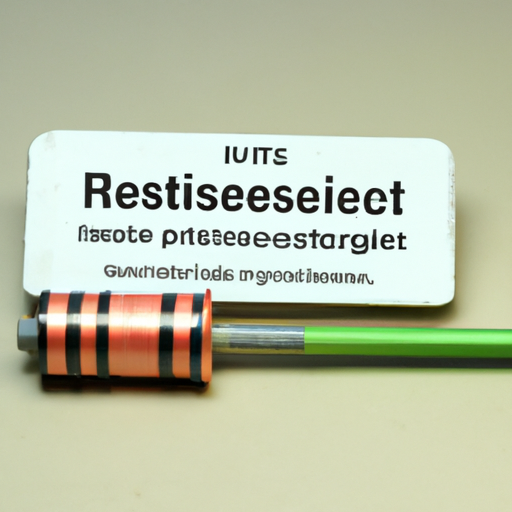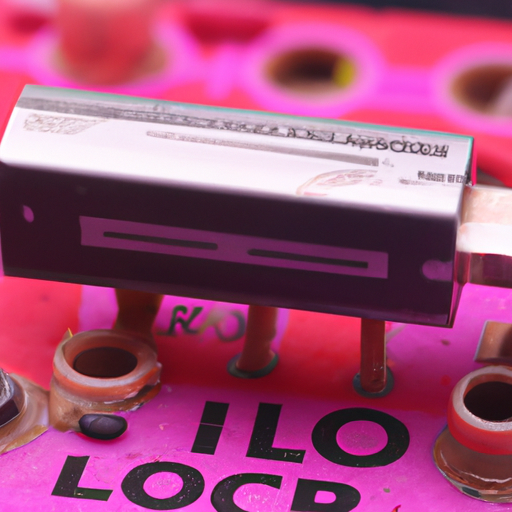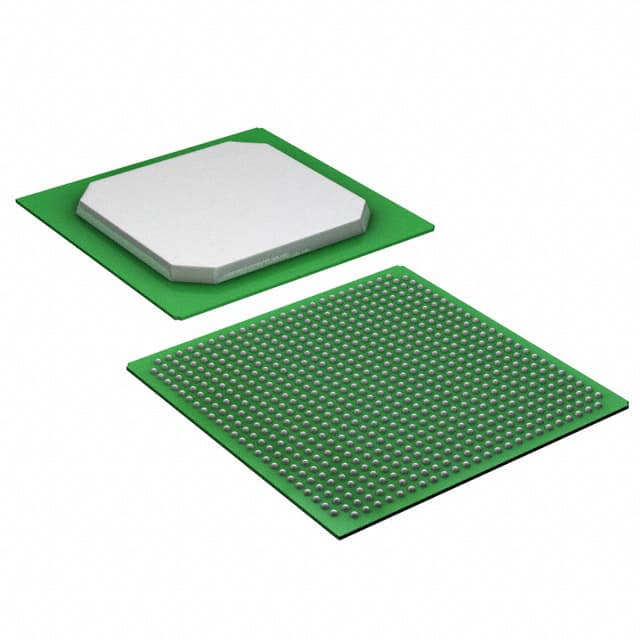What are the product standards for Resistor?
Resistors are one of the most commonly used electronic components in various devices and circuits. They are used to limit the flow of electric current in a circuit and are essential for controlling voltage and current levels. In order to ensure the proper functioning and reliability of electronic devices, it is important to adhere to certain product standards when manufacturing resistors.

1. Resistance Tolerance: One of the most important product standards for resistors is resistance tolerance. Resistance tolerance refers to the allowable deviation from the specified resistance value of a resistor. Resistors are typically manufactured with a certain tolerance level, such as 5% or 1%, which indicates how much the actual resistance of the resistor can vary from the specified value. It is important for resistors to have tight tolerance levels in order to ensure the accuracy and reliability of electronic circuits.
2. Power Rating: Another important product standard for resistors is power rating. The power rating of a resistor indicates the maximum amount of power that the resistor can safely dissipate without overheating. It is important for resistors to have a power rating that is sufficient for the intended application, in order to prevent damage to the resistor and ensure the safety and reliability of the circuit.
3. Temperature Coefficient: The temperature coefficient of a resistor is a measure of how its resistance changes with temperature. It is important for resistors to have a low temperature coefficient in order to ensure that their resistance remains stable over a wide range of temperatures. Resistors with a low temperature coefficient are more reliable and accurate in temperature-sensitive applications.
4. Voltage Rating: The voltage rating of a resistor indicates the maximum voltage that the resistor can safely withstand without breaking down. It is important for resistors to have a voltage rating that is sufficient for the intended application, in order to prevent damage to the resistor and ensure the safety and reliability of the circuit.
5. Environmental Standards: In addition to the above product standards, resistors must also meet certain environmental standards in order to ensure their reliability and longevity. This includes standards for resistance to moisture, humidity, and other environmental factors that can affect the performance of the resistor.
Overall, adherence to these product standards is essential for ensuring the quality, reliability, and safety of resistors used in electronic devices. By following these standards, manufacturers can produce resistors that meet the performance criteria required for a wide range of applications, from consumer electronics to industrial equipment. Additionally, adherence to product standards helps to ensure that resistors are compatible with other components in a circuit, and can help to prevent issues such as overheating, voltage spikes, and other problems that can arise from using substandard components.
In conclusion, product standards for resistors are essential for ensuring the quality, reliability, and safety of electronic devices. By adhering to standards for resistance tolerance, power rating, temperature coefficient, voltage rating, and environmental factors, manufacturers can produce resistors that meet the performance criteria required for a wide range of applications. By following these standards, manufacturers can ensure that resistors are safe, reliable, and compatible with other components in a circuit, helping to ensure the proper functioning of electronic devices.







.png)






